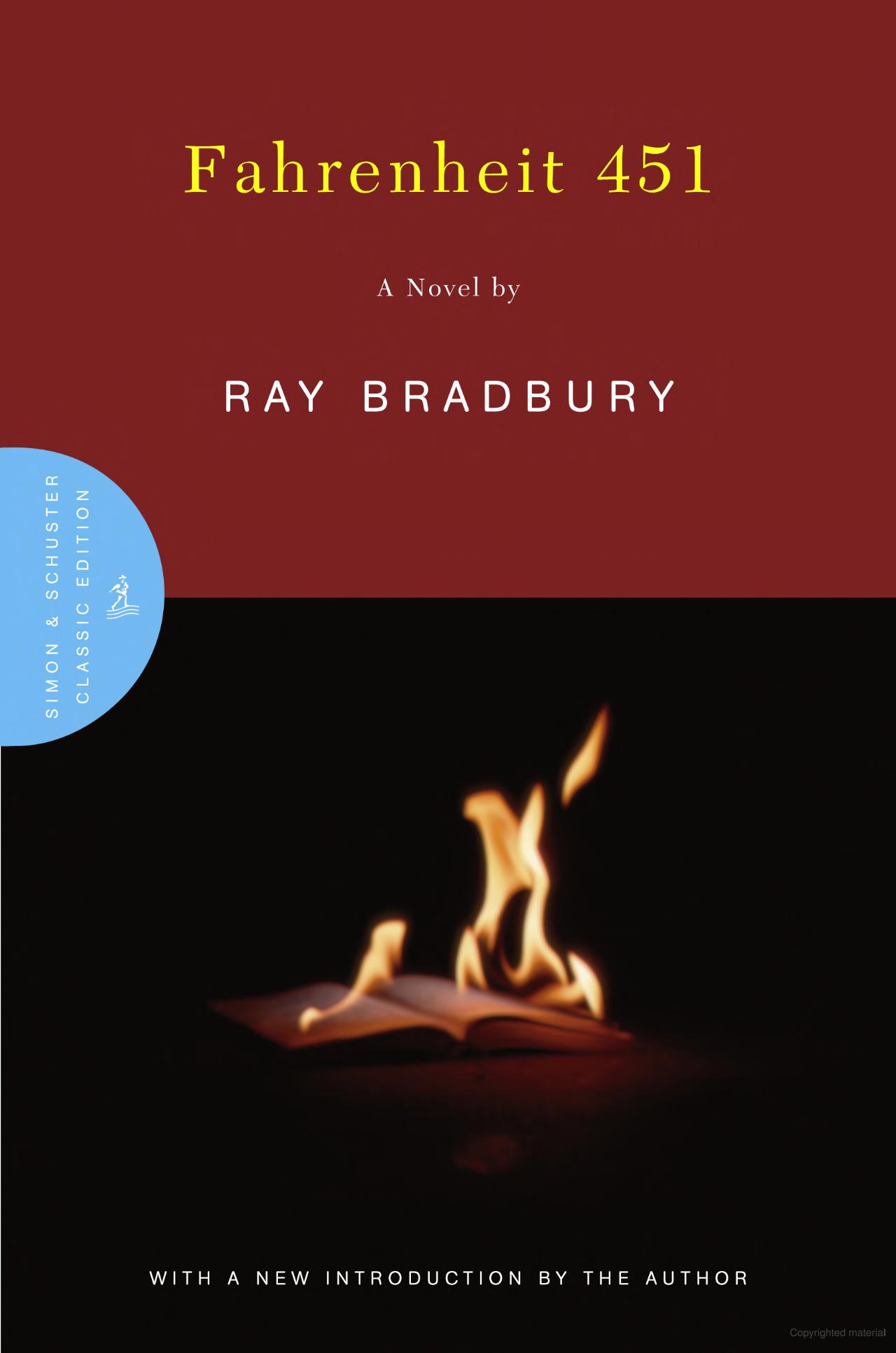Book title: Fahrenheit 451
Author: Ray Bradbury
The first thing I learnt from this book is that 451°F is the temperature at which paper catches fire and burns. Dystopian, not my to-go genre at all. Yet, I was happy that, proverbially, I killed two birds with one stone because it fit the prompt for two reading and reviewing groups.
It describes a world unlike the one we live in. But a place that can become ours if we keep doing the wrong things. It was a disturbing book, like all dystopian content (maybe we ought to change the genre name to disturbian!).
I took more than 10 days to read and understand the first 10-20 pages. Confusion ( as I struggled to understand the setting) and oppression simmered beneath the surface of seemingly inane descriptions of people, places, and society in that world. But as I got into it, I realised the brilliance of the author and his writing. In fact, when I finished the book, I came back and read the first few pages in a few minutes, and everything made absolute sense.
It is about a world in which books are not just banned but burned, a world in which firemen do not put out fires (because humans have discovered something to protect everything from fire) but burn books because they are outlawed. Guy Montag, our protagonist, is a fireman who is initially fascinated by the roaring flames of burning books.
The crux of Fahrenheit 451 is how his ideas change from burning books to learning from and saving them after he meets and interacts with a young girl whose family finds the courage to go against the establishment and still reads books.
What amazed me most were some of the author’s fictional ideas of 1953 that are real in our times. He talks about walls where content streams continuously, and people are so caught up in the virtual world that they lose touch with reality! Today, it is a disorder that needs medical attention. We are living in the world Ray Bradbury imagined, one in which we are so smothered by virtual reality that we have lost our human touch! A world where human beings are “trained” to think in a specific way to prevent them from thinking on their own! By bombarding us with overwhelmingly enormous content. Making it difficult for us to discern right from wrong.
Books like Fahrenheit 451 force you to face the bitter truth, make you question yourself and your beliefs, an essentiality for spiritual growth and development. I thoroughly enjoyed it despite its disturbing nature. Some examples of Bradbury’s imaginary ideas that have become a reality today:
The home environment can do a lot to undo what is taught in school. That’s why we lowered the kindergarten age year on year until now, when we almost snatch babies from the cradle.
She (the girl who triggered the mindset change of our protagonist) didn’t want to know how a thing is done but why. – Our academia is exactly like this today. We only learn the hows and facts but not the whys!
Cram them full of non-combustible data, chock them so damned full of facts that they feel “brilliant” with just information.
Don’t give him two sides to a question to worry him. Give him one or better still give him none! No worries means no thinking!
You know why books are hated and feared? Because they show the pores in the face of life. People in comfort zones want only poreless, hairless, and expressionless faces.
My fear of and rigidity towards dystopian has definitely thawed, and now, it comes somewhere on top of my list of favourite genres.
This post is part of the Bookish League blog hop hosted by Bohemian Bibliophile.







Thanks for the peep into the book which has sold millions of copies. I made many decisions to read this book because of its popularity. But, as you say, the genre is not my “go-to.” Nevertheless, I will make an effort to read it.
My conversion to a fan of dystopian books (I didn’d mind movies and web series) happened with Fahrenheit 451. If you do pick it up, I’d love to know your thoughts. Thank you for you comment.
Long time back, I heard a review on YouTube about this book. I thought about reading it but kept it in the background. But it is there on my list, despite being ‘disturbian’.
I have been wanting to read this book for a long time. Even bought it a few years ago. But, I just couldn’t move past the first page. I think I need to buckle down and read it!
You should, Harshita. Just a wee bit of patience in the first few pages. Then, wham!
‘What amazed me most were some of the author’s fictional ideas of 1953 that are real in our times.’: this is so true!
Sounds very intriguing (something like 1984?). Adding it to my TBR list. Thank you for sharing the review.
‘What amazed me most were some of the author’s fictional ideas of 1953 that are real in our times.’: this is so true!
Sounds very intriguing (something like 1984?). Adding it to my TBR list. Thank you for sharing the review.
I’ve not read 1984 fully, only in bits and pieces. Perhaps similar that it’s dystopian but this felt stunningly true.
Montag’s journey from blindly following rules to seeking knowledge reminded me how crucial it is to question what we’re told and to protect the freedom to think for ourselves. It’s a powerful warning about what happens when we let distractions and censorship take over. This book stayed with me long after reading it.
Well said. And like you, the book stayed in my head for weeks after I finished reading it. Thank you for your comment
What a fun ride through Fahrenheit 451—your enthusiasm totally rubs off! Thanks for sharing your love for this classic.
The words you have told about the kindergarten education, have shaken me to the core. It is indeed stressful for a child to be caged within a specific pattern of thoughts. This book sheds light on some crucial topics. Thanks for sharing.
For some reason, the book sound so much relevant today.Books have always ignited and fuelled ideas and thinking , it is a thought provoking book and yes quite disturbing too.
For some reason, the book sound so much relevant today.Books have always ignited and fuelled ideas and thinking , it is a thought provoking book and yes quite disturbing too.